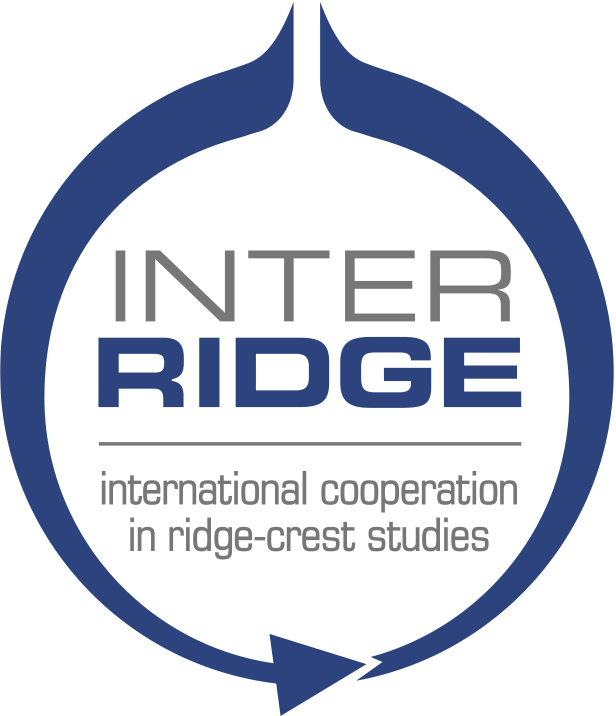2TECTONICS
A 100Ma history of oceanic spreading from the Vema Fracture Zone
Colin Devey, GEOMAR
Evolution of a multi-segmented slow-slipping transform system: the Equatorial St. Paul transform
Marcia Maia, CNRS-IUEM
Megatransforms: a New Class of Oceanic Transform Plate Boundaries
Marco Ligi, CNR ISMAR
Oblique continental extension and the birth of transform faults: the Gulf of California as a case-example
Laurent Geoffroy, CNRS-IUEM
From transform faults to subduction
Diane Arkay & Serge Lallemand, CNRS – Geosciences Montpellier
Transform topography revisited
Jason Phipps Morgan, Royal Holloway, University of London
PETROLOGY GEOCHEMISTRY
A New Kind of Hotspot-Ridge Interaction: Evidence from the Southeast Indian Ridge
Barry Hanan, San Diego State University
Temporal record of magmatic activity and source melting along fracture zones
Daniele Brunelli, University of Modena
The Crust-Mantle Boundary on the Atlantis II Transform Wall, SWIR
Henry Dick, WHOI
DEEP STRUCTURE MODELLING
Structure of fracture zones as resulting from geophysical constraints
Fan Zhang, Southern University of Science and Technology
Fault zone structure at the Gofar oceanic transform: physical properties constrained by seismic velocity and numerical models
Emily Roland, University of Washington
Understanding the relations between seismicity and fluid compressibility in submarine environments: learnings from two case studies, e.g. the Main Marmara Fault and the East Pacific transform faults
Louis Geli, IFREMER
Temperature, deformation, and fluid flow at oceanic transform faults in 3-D geodynamic models
Lars Ruepke, GEOMAR
Nucleation and evolution of oceanic ridge-transform spreading patterns
Taras Gerya, ETHZ
Updated @ 20180419 db
